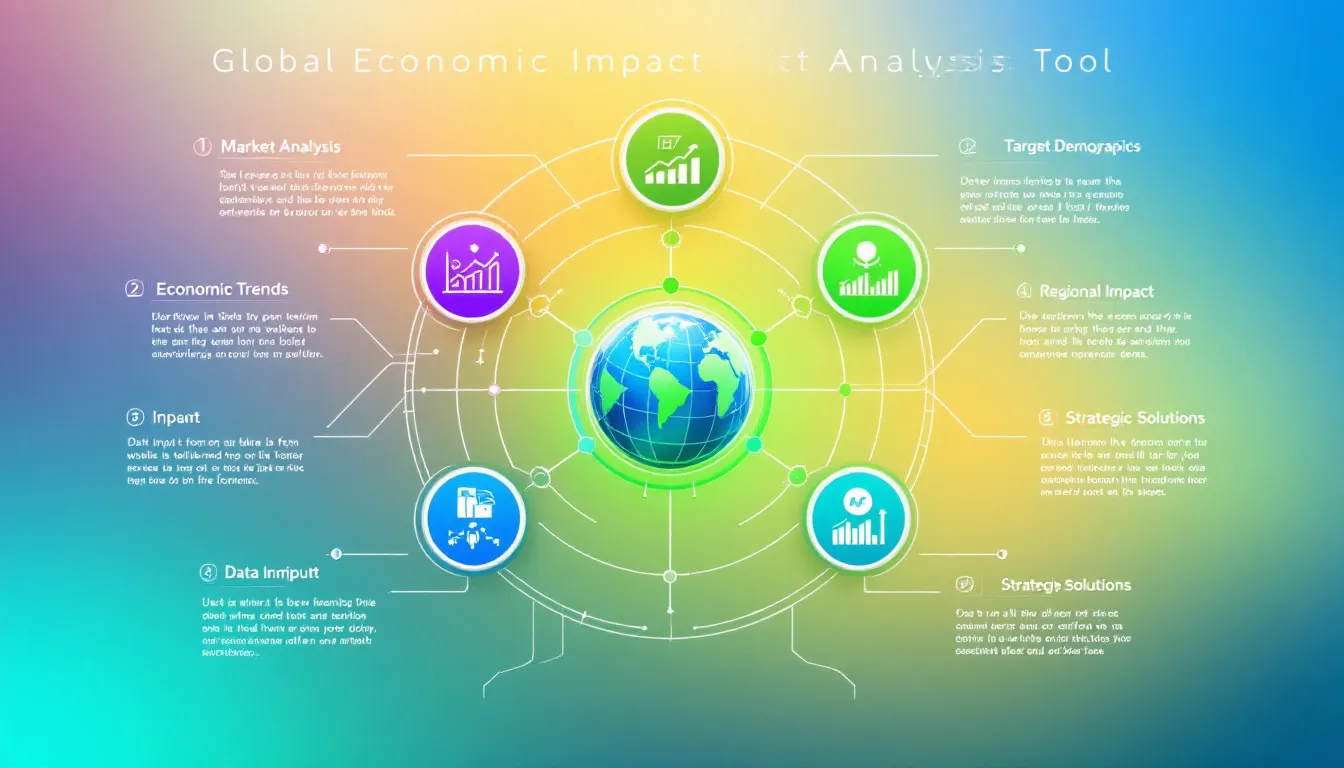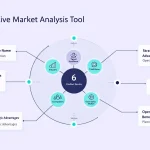Is this tool helpful?
How to Use the Global Economic Impact Analysis Tool Effectively
This tool collects detailed information about your business to generate tailored economic insights. To get the most accurate analysis, fill out each section carefully using the guidelines and examples below.
Step-by-Step Guide to Filling the Form
-
Business Name: Enter your company’s official name.
Example inputs:
- “Innovatech Solutions LLC”
- “GreenLeaf Organic Farms”
-
Industry Sector: Choose the industry that best fits your operations.
Example sectors:
- “Renewable Energy”
- “Food and Beverage”
-
Target Market Description: Describe your customer base, focusing on demographics and buying behavior.
Example inputs:
- “Urban professionals aged 25-45 seeking sustainable home products”
- “Rural families interested in affordable agricultural tools”
-
Economic Concerns: Highlight major economic trends or challenges impacting your business.
Example inputs:
- “Volatile raw material pricing due to tariff changes”
- “Declining consumer spending in target markets”
-
Geographic Region: Select the primary area where your business operates.
Example regions:
- “Middle East and North Africa”
- “Latin American Markets”
About the Global Economic Impact Analysis Tool
The Global Economic Impact Analysis Tool helps you understand how worldwide economic trends affect your business sector and target market. By analyzing key variables, the tool provides actionable insights to help you adapt to market changes and make data-driven decisions.
Purpose and Benefits of This Analysis Tool
- Evaluate how economic shifts influence your customer base and operations
- Identify emerging market opportunities and potential risks
- Guide strategic planning with regional and sector-specific insights
- Streamline business growth strategies through informed decisions
- Enhance agility to respond to global economic fluctuations
Practical Usage of the Economic Impact Analysis Tool
This tool processes your input through an intelligent backend, which generates a comprehensive analysis of the economic environment affecting your business. While it does not perform direct calculations on the client side, it helps you apply the insights to real-world challenges and growth strategies. Here’s how you can leverage the results:
Key Applications for Your Business
- Market Adaptation: Adjust your products or services based on emerging trends identified by the tool.
- Risk Assessment: Pinpoint vulnerabilities exposed by changing economic factors and develop contingency plans.
- Opportunity Identification: Discover new customer segments or geographic markets to expand your reach.
- Competitive Strategy: Understand how your industry peers react to economic shifts, helping you stay ahead.
- Resource Optimization: Allocate budgets and operational resources more effectively using data-driven priorities.
Example Application Scenario
Consider “ClearWater Technologies,” a company specializing in water purification devices:
- Initial Market: Residential customers in North America seeking eco-friendly solutions
- Economic Concerns: Rising tariffs and supply chain delays affecting component costs
- Tool Analysis: Detected a growing demand for sustainable products in Asian markets with comparatively lower supply chain risks
- Outcome: ClearWater expanded operations to Southeast Asia, diversified suppliers, and boosted online sales by 30%
Core Elements of Market Impact Analysis
- Examination of global market dynamics influencing your industry
- Consumer behavior trend identification and segmentation
- Assessment of competitive pressures in regional and global contexts
- Correlation of economic indicators such as inflation, trade policies, and consumer confidence
- Recommendations designed to drive strategic adaptations and growth
Frequently Asked Questions on Using the Economic Impact Analysis Tool
General Usage
Q: How frequently should I run an economic impact analysis?
You should perform an analysis quarterly and additionally during significant economic shifts or industry disruptions.
Q: Is this tool beneficial for small and medium-sized enterprises?
Yes, businesses of all sizes gain valuable insights to guide market positioning and risk management.
Q: How do I interpret the results?
Focus on the actionable recommendations provided. Implement those that fit your business capabilities and align with your strategic goals.
Strategic Use
Q: What should I do after receiving the analysis?
Create a clear action plan, delegate tasks to relevant teams, and set measurable goals to track implementation success.
Q: How can I integrate insights with my current business plans?
Align the tool’s recommendations with your ongoing strategies, adjusting your priorities and resources accordingly.
Data Preparation and Technical Tips
Q: What information produces the most precise analysis?
Detailed and current data on customer profiles, specific economic challenges, and your core business operations improve the output accuracy.
Q: Can I save multiple analyses to compare over time?
While the tool itself doesn’t store reports, you can save results externally to monitor trends and assess how market conditions evolve.
Important Disclaimer
The calculations, results, and content provided by our tools are not guaranteed to be accurate, complete, or reliable. Users are responsible for verifying and interpreting the results. Our content and tools may contain errors, biases, or inconsistencies. Do not enter personal data, sensitive information, or personally identifiable information in our web forms or tools. Such data entry violates our terms of service and may result in unauthorized disclosure to third parties. We reserve the right to save inputs and outputs from our tools for the purposes of error debugging, bias identification, and performance improvement. External companies providing AI models used in our tools may also save and process data in accordance with their own policies. By using our tools, you consent to this data collection and processing. We reserve the right to limit the usage of our tools based on current usability factors.







